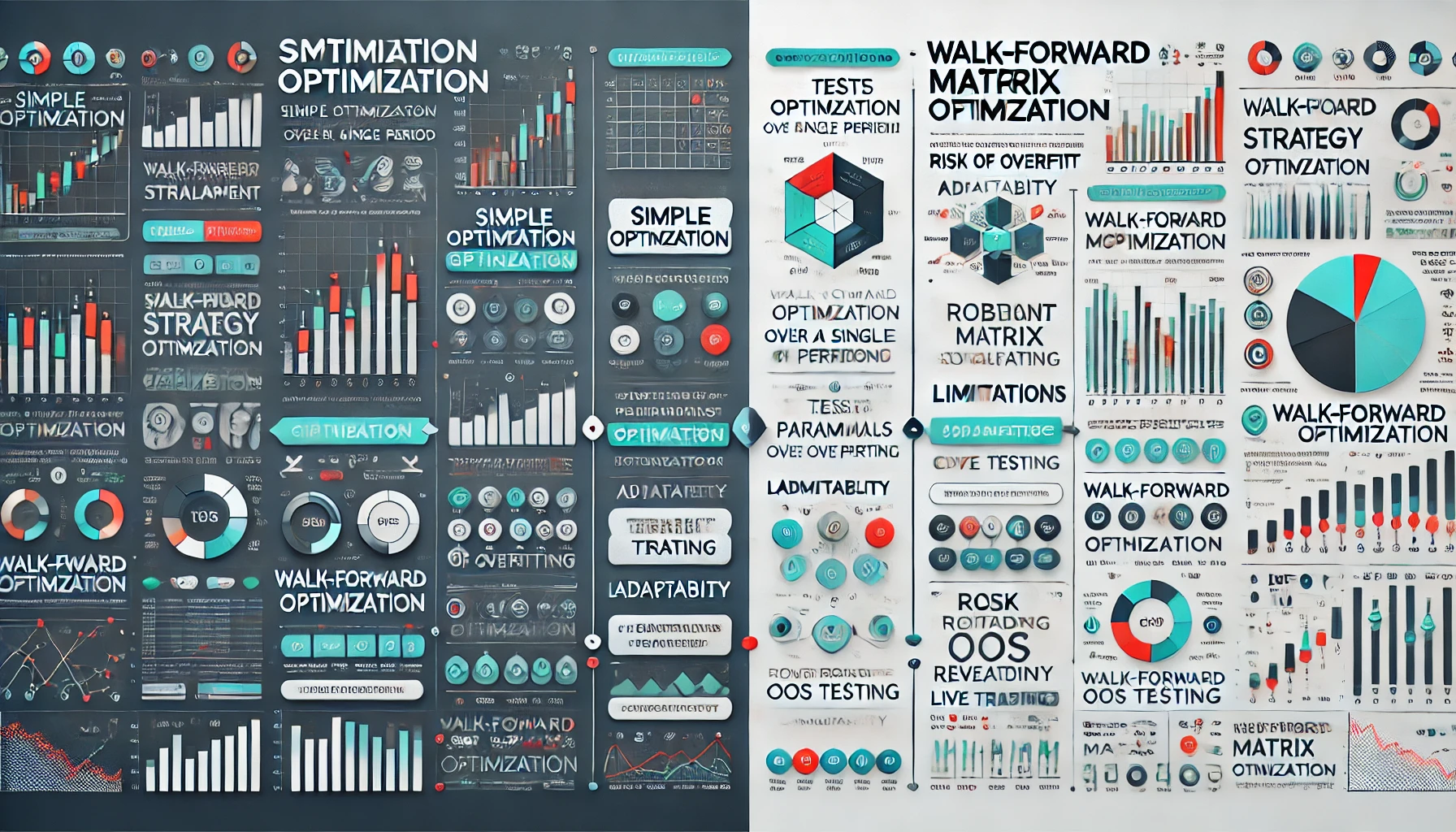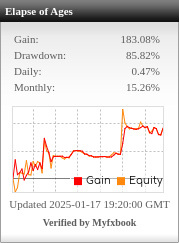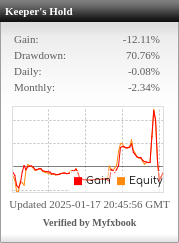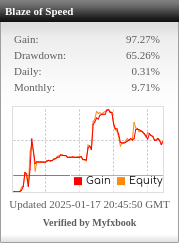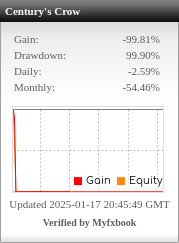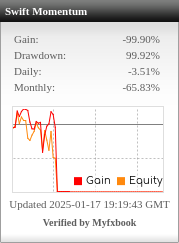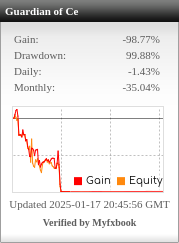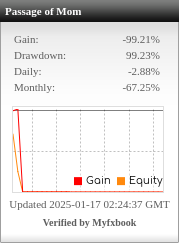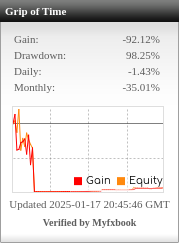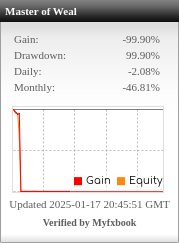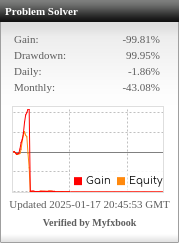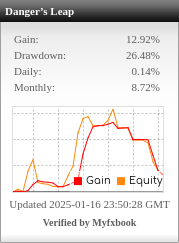In StrategyQuant’s Optimizer, the Simple and Walk-Forward Matrix optimizations serve different purposes and offer distinct methodologies for testing and optimizing strategies.
1. Simple Optimization
- Description: Simple optimization tests different combinations of input parameters over a single, fixed in-sample (IS) period. It runs through all the possible parameter combinations within the selected range and finds the best-performing combinations based on the chosen criteria (e.g., profit factor, Sharpe ratio, etc.).
- Purpose: It’s useful for understanding how specific parameters affect strategy performance and for finding optimal values within a fixed timeframe.
- Process:
- Runs on a fixed period of historical data (in-sample).
- Tests all combinations of input variables (e.g., moving average length, stop-loss values).
- Ranks the parameter sets according to the fitness function you’ve defined.
- Limitation: Because it optimizes based on a single in-sample period, the results might be overfit and less robust when exposed to unseen data (out-of-sample).
2. Walk-Forward Matrix Optimization
- Description: Walk-forward matrix optimization tests the strategy’s robustness by dividing the historical data into multiple in-sample (IS) and out-of-sample (OOS) segments, iterating through multiple forward steps to evaluate how the strategy performs in both seen and unseen data.
- Purpose: This method helps validate that a strategy isn’t overfitted by testing it on unseen data (OOS), providing a better sense of how the strategy will perform in live trading. It’s used to determine the strategy’s adaptability to new market conditions.
- Process:
- The historical data is split into several consecutive segments.
- For each segment, part of the data is used for optimization (in-sample), and the remaining is used for testing (out-of-sample).
- The process is repeated across multiple segments to simulate how the strategy would behave in live market conditions.
- This creates a matrix of results, allowing you to observe the consistency of the strategy’s performance across different market conditions.
- Advantage: Walk-forward matrix optimization provides a more robust analysis by simulating live trading conditions and testing the strategy’s ability to adapt to new data. It helps avoid overfitting by evaluating how well the strategy performs outside the optimized period.
Key Differences:
- Data Segmentation:
- Simple uses a single period of data for optimization.
- Walk-Forward Matrix splits data into several in-sample and out-of-sample segments for more robust testing.
- Overfitting Risk:
- Simple can lead to overfitting since it only focuses on one dataset.
- Walk-Forward Matrix helps reduce overfitting by ensuring the strategy performs well on unseen data (OOS).
- Use Case:
- Simple is great for initial parameter testing and quick optimization.
- Walk-Forward Matrix is essential for ensuring the robustness of a strategy, particularly when preparing it for live trading.
If your goal is to create a robust strategy that can adapt to live trading conditions and remain reliable over time, the Walk-Forward Matrix is typically a better choice for long-term performance stability.

